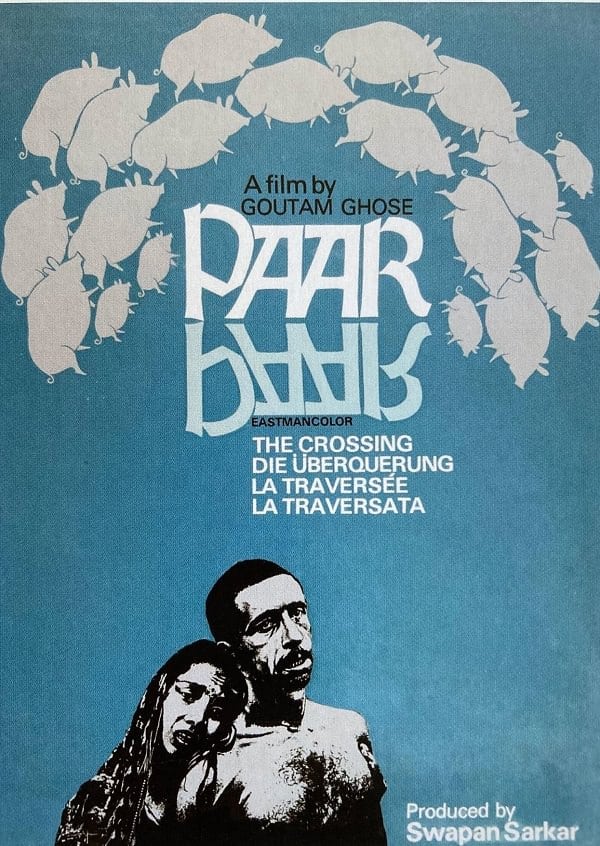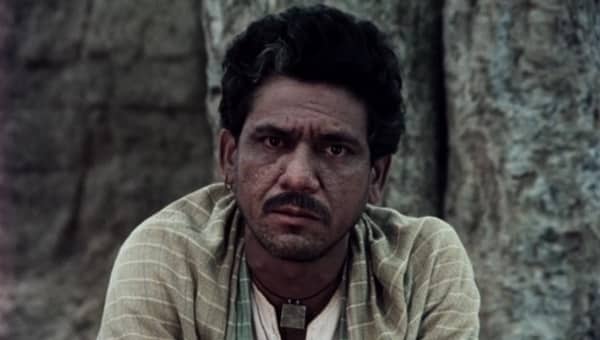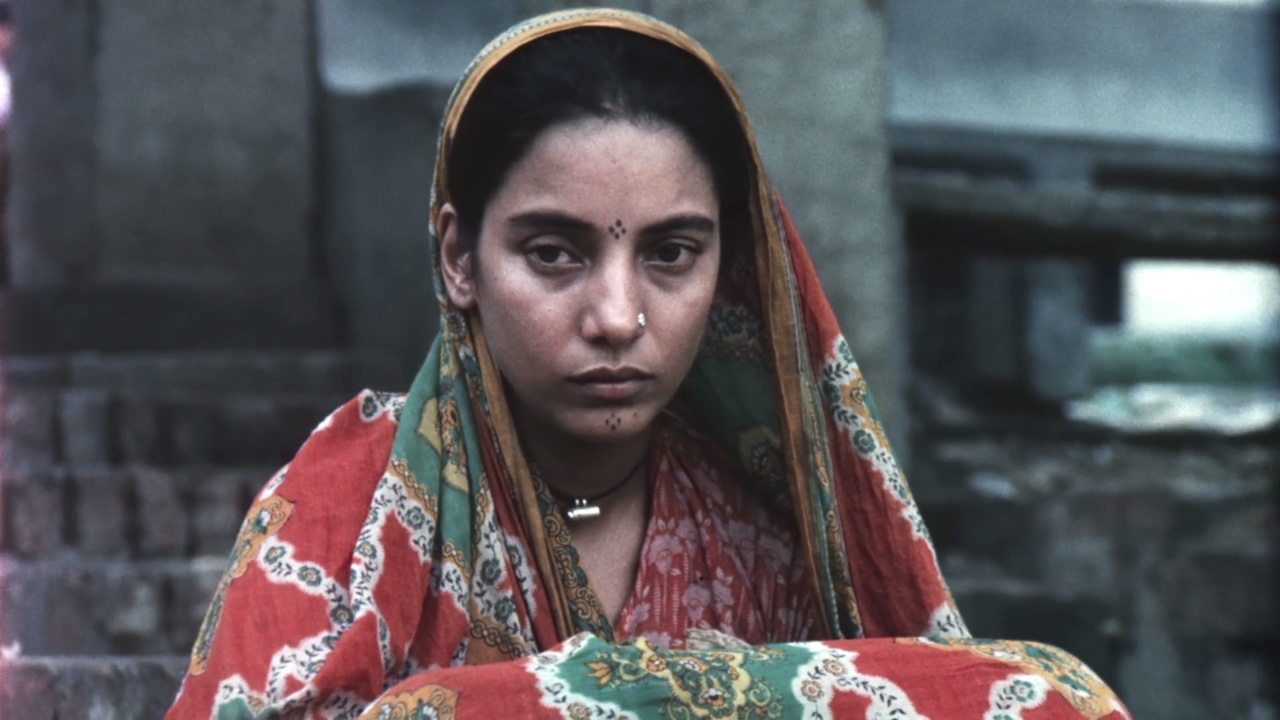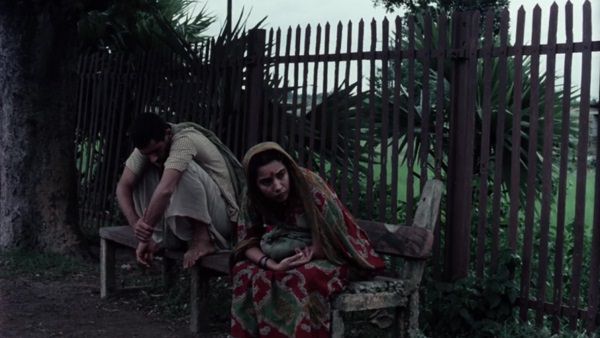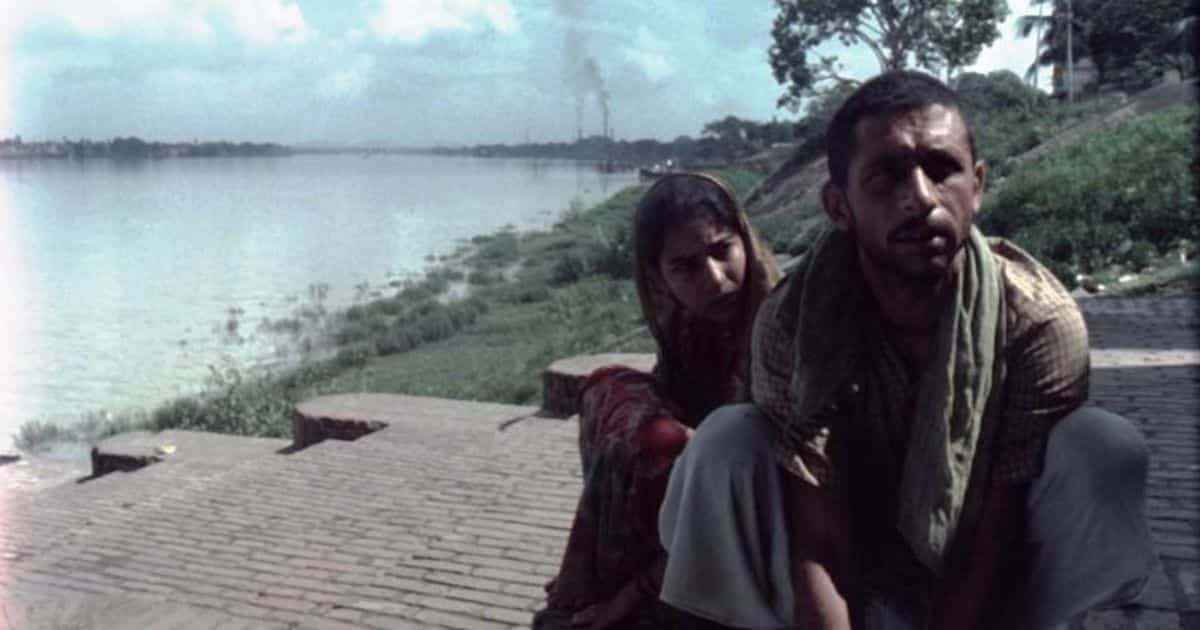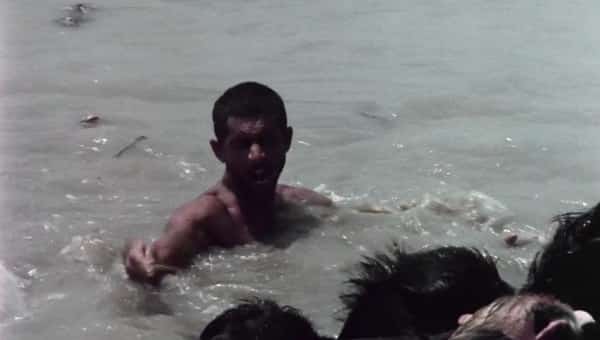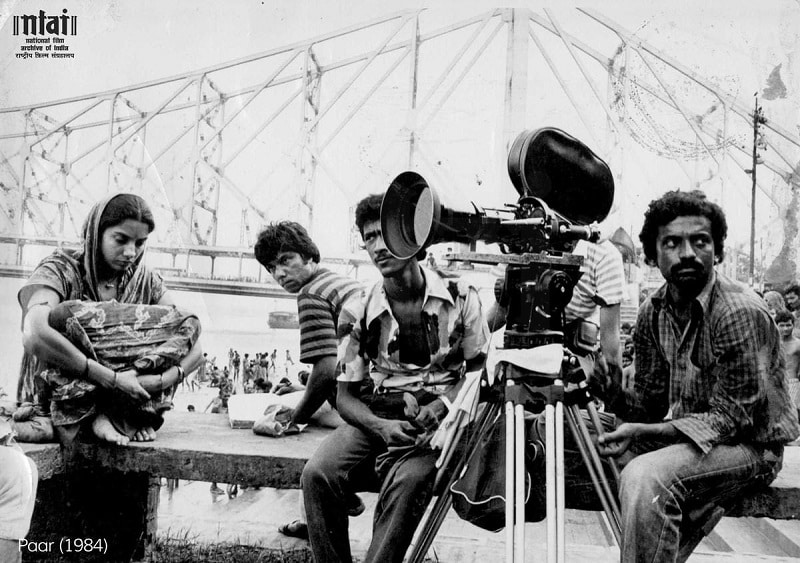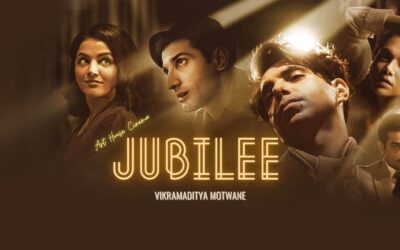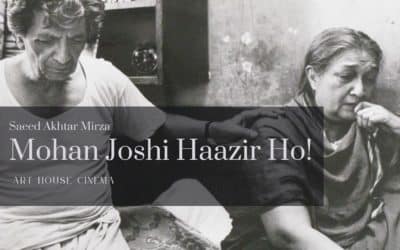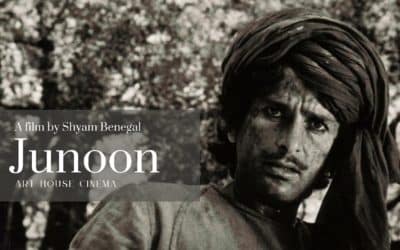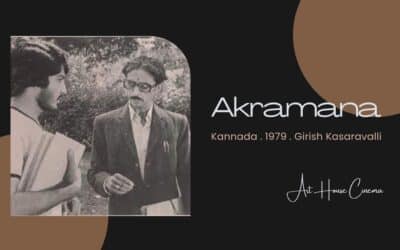Paar is a 1984 Hindi film directed by Gautam Ghose, with Naseeruddin Shah and Shabana Azmi in prominent roles. Based on the Bengali story ‘Paari’ by Samaresh Basu, the film tells the story of a Dalit couple forced to flee their village after a massacre and their ordeal and quest for homecoming.
Paar is notable for being a brutal, visceral take on the exploitation rampant in rural India, combined with the evils of the caste system, lack of land reforms, and the complicity of the system in siding with the oppressors. The narrative was set in Bihar, a state that had started experiencing great social upheaval and would go to witness several massacres from the late 1980s through the early 2000s, similar to the one depicted in the film.
The film was critically acclaimed, winning several national and international awards. Naseeruddin Shah won a Volpi Cup for his performance at the Venice film festival.
Cast
- Naseeruddin Shah – Naurangia
- Shabana Azmi – Rama
- Om Puri – Village Head
- Utpal Dutt – Elder Landlord
- Mohan Agashe – Landlord’s brother
- Anil Chatterjee – School Master
- Rama Guha Thakurta – School Master’s wife
- Kamu Mukherjee – Jute Mill Sardar
- Bimal Deb – Agent of Piggery
- Sunil Mukherjee – Calcutta Pavement Dweller
Crew
- Direction – Goutam Ghose
- Story – Samaresh Bose
- Screenplay – Partha Bannerjee and Goutam Ghose
- Cinematography – Goutam Ghose
- Music – Goutam Ghose
- Production – Orchid Films Pvt. Ltd.
Synopsis
Paar begins in a small village in Bihar. Dusk has fallen and hearths are being lit in the houses of Dalit laborers when the stillness of the night is shattered by the appearance of the landlord’s henchmen. The huts are set on fire, and men and women are pulled out of hiding and gunned down. In the cover of darkness, only a handful escape the massacre. Among them are Naurangia and his pregnant wife, Rama.
The day after the killings come to the protectors of the people – the police, the press, the local administration. The village headman sits recounting an age-old tale of injustice that lies at the root of the tragedy.
Om Puri, as Ram Naresh, the Dalit Village Head who won the Panchayat elections, thereby offending the high and mighty.
It all began with the village schoolmaster, an idealist of the old school, who believed, however naively, that the fruits of freedom must be shared with the poorest. It is with his encouragement that a Dalit stood for the Panchayat elections and became the headman. It is also because of him that the movement for minimum wages began in the area. “It is your inalienable right,” said he. “The government has given you the right to receive a stipulated sum as minimum wages. How can the landlords not agree to it?” But of course, the landlords did not agree. The schoolmaster himself went to negotiate on behalf of the laborers. The younger brother of the landlord laughed at his face and mocked his old-fashioned Gandhian ideas. When the laborers refused to go to the fields, the hot-headed young man came to the school to openly threaten the old schoolmaster. A Dalit winning the Panchayat elections came as an additional insult. The landlords decided to take matters into their own hands, and the teacher met sudden death on the roadside, going home one evening on his bicycle.
Shabana Azmi as Rama in Paar (1984)
The villagers waited for justice to be done. There were even witnesses who had seen the jeep that had thrown the schoolmaster off the road onto the field below. But the witnesses were never called. The police were convinced that it was an accident, not a murder. Who would want to kill a harmless old man? The feud would have ended right there, with the traditionally powerful winning another round against the traditionally powerless. But Naurangia and his friends decided to change the course of history by lying in wait for the landlord’s loud-mouthed brother one evening at a lonely spot on the road.
The landlord’s brother died a violent death, but the course of history did not change after all. The entire village paid with their lives for that one death. Naurangia and his wife became fugitives from the law.
Naurangia (Naseeruddin Shah) and Rama (Shabana Azmi) wait for a train that will take them away.
Rama and Naurangia’s odyssey begins at the home of the schoolmaster’s widow who sends them off with a letter addressed to a friend of her dead husband in a nearby town. From there, armed with a note to another unknown benefactor, the two set off for Calcutta. By now, Naurangia is fed up with being on the run. The government has announced compensation for the victims of the massacre. Naurangia wants to go back to the village. It is Rama who is determined not to go. “They’ll kill you!” she says. “How can we go back?” On the train to Calcutta, they meet a stray traveler, a vagabond, who persuades them to spend the little money they have by spending a few days roaming the streets of the metropolis. When they have reached the point of desperation, he puts them on a train to Naihati where a Jute mill is their final destination.
But the man Naurangia is to meet at the jute mill has left for his village. Naurangia spends days futilely looking for employment. What with retrenchments and strikes, the mill is in a bad way. Even the local bosses are losing their hold and nobody can help Naurangia. With starvation staring them in the face, even Rama is now willing to go back to the village. But where is the money to pay for the fare back home?
Looking at a bleak future…
At this point, after a long and hopeless day, Naurangia is offered an absurd job. Drivel of pigs has to be delivered to the other side of the river. The ferries refuse to take animals on board. So, the herd must be manually driven across the swollen river. Rama is at first scared of the wide river in front of them. What if she loses the baby? But Naurangia is adamant. There is hunger on this side of the river and money on the other side, money that will take them home. They have no choice. Naurangia and Rama wade into the river with the herd.
At the end of the long and arduous journey, Naurangia receives their payment, and an extra bonus – a roof over their heads for the night. As they lie exhausted at night, Rama suddenly realizes that the baby has been too still, too silent. She starts to panic. Will she lose the baby after all? She has already lost her first child who had drowned in the village well. Will this one go too? She cries out loud in her fear. In the darkness, Naurangia puts his ear against his wife’s risen belly. “Wait, listen. There he is. I can hear him cry.” Rama relaxes and lies back again, as Naurangia continues to listen avidly to the small silent voices of a life in his wife’s womb.
Commentary
Goutam Ghose is a multi-talented person. He has not only co-written, directed, and shot the film, but also composed the background score.
Paar is a difficult film to watch. It is uncompromising and unflinching in the depiction of the life of a rural poor who is at the mercy of a cruel and unjust society. Ghose’s camera captures the desparation and increasingly suffocating exhaustion of the fleeing protagonists as they struggle to survive another day. It is a no holds barred depiction of misery, a visceral experience that will make the viewer deeply unhappy. However, that is the truth is, a sad state of mankind that could have done better had it been a bit more empathetic.
The filming of Paar, with Shabana Azmi in the frame. Calcutta, 1984. Courtesy: NFAI.
“Naseer and I had decided that the message of the film was very important; that is why we surrendered to the roles. What the film was trying to say was more important than any display of histrionics.”
– Shabana Azmi
A high point of the film is the towering performances of the protagonists. Naseer and Shabana transformed themselves to such an extent that they ceased to exist as their former selves and became one with the character of Naurangia and Rama. The body language of defeat is stark in its depiction – hunched shoulders, squatting and cowering in a body language that screams defeat silently. However, when the time comes to transport the pigs, “the same defeated bodies are galvanized for a desperate fight for survival.”
Paar is a key work in Indian Parallel Cinema and can be counted as on par with the works of greats like Mrinal Sen and Shyam Benegal. The film was well-received on its release and had both critical and commercial success.
Awards & Recognition
- 32nd National Film Awards (1985)
- Best Feature Film in Hindi – Goutam Ghose and Swapan Sarkar
- Best Actor – Naseeruddin Shah
- Best Actress – Shabana Azmi
- Venice International Film Festival
- Golden Lion – Goutam Ghose (Nominated)
- UNESCO Award – Goutam Ghose
- Volpi Cup for Best Actor – Naseeruddin Shah
- Bengal Film Journalists’ Association Awards
- Best Actor – Naseeruddin Shah
- Best Actress – Shabana Azmi
- Filmfare Awards – Best Screenplay


